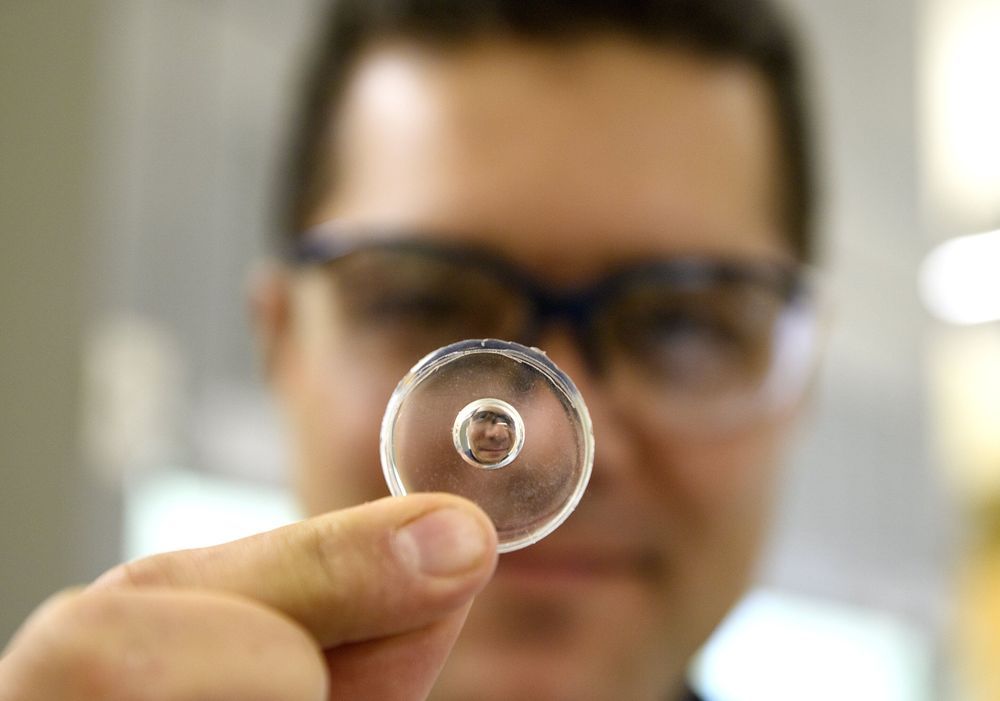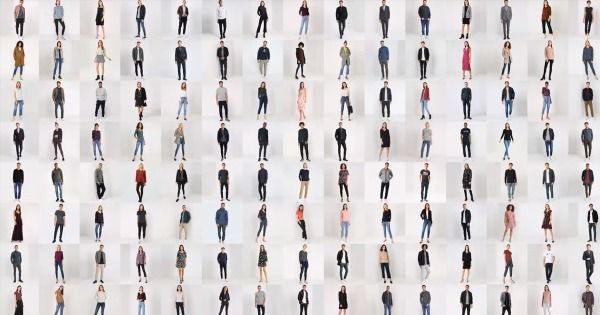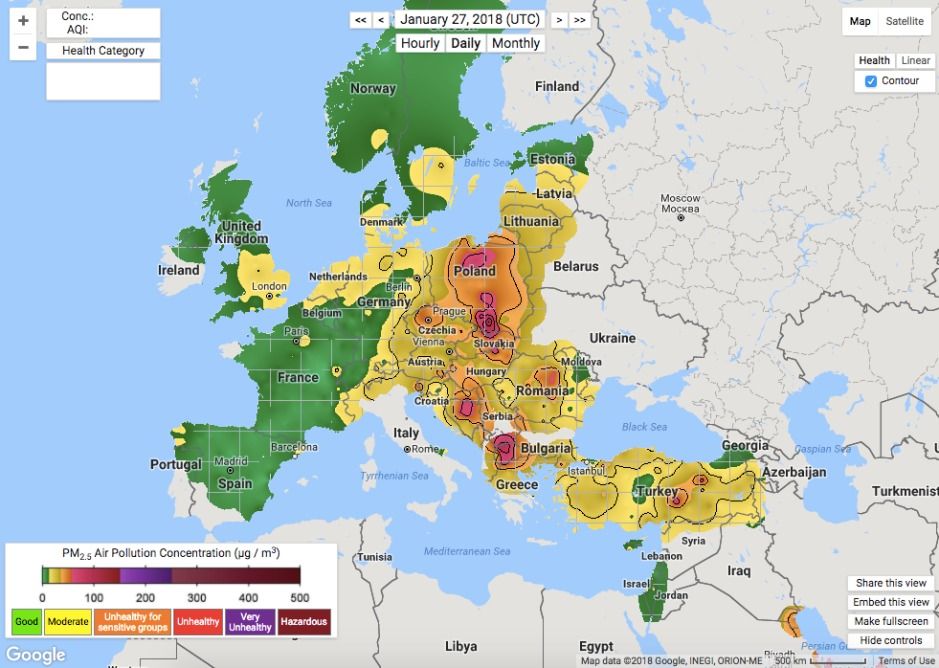Is it me? Or am I the only one who wishes George Church was not so secretive? https://www.nextbigfuture.com/2019/05/rejuvenate-bio-using-g…dogs.html?
Harvard Genetics Giant Geroge Church and Noah Davidsohn, a former postdoc in his lab, have engaged in a secretive antiaging venture called Rejuvenate Bio. They are making old dogs new. They have conducted gene therapy on beagles and are currently advertising for Cavalier King Charles spaniels to use gene therapy to fix their hearts.
They have identified many other targets for gene-based interventions, studying a database of aging-related genes.
Most of the work was done in mice, where they have extended the life of mice by a factor of two. Nextbigfuture notes that this would mean mice would live 6 years with treatment instead of 3 years.










